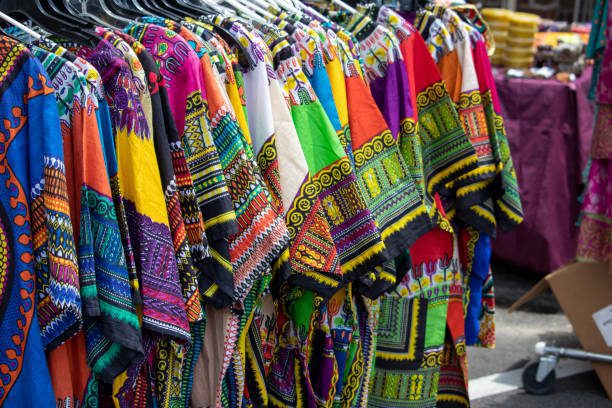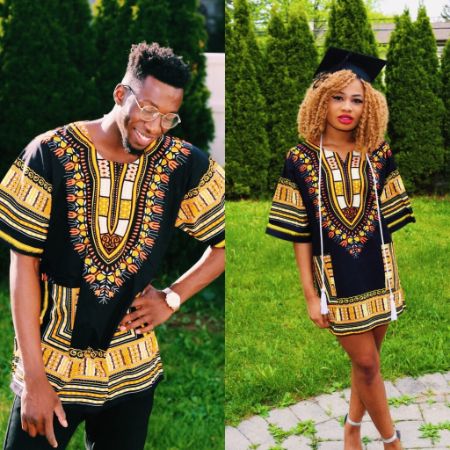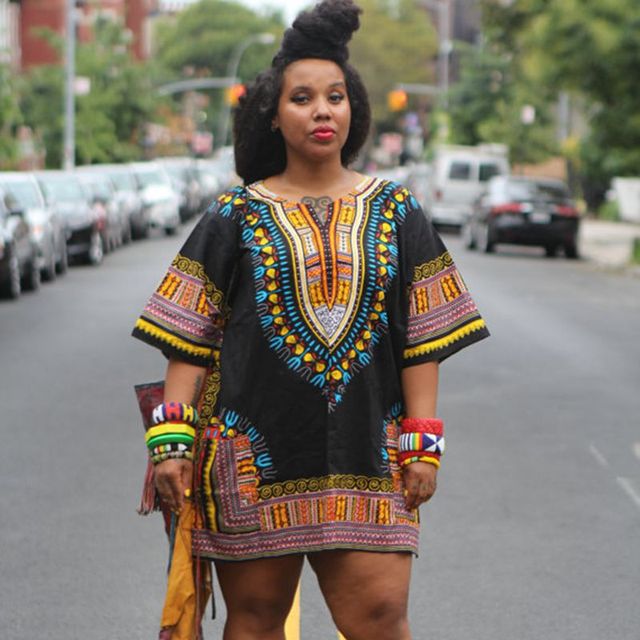At the intersection of tradition and fashion, an African cultural icon known as Dashiki emerges. With its vibrant colors, intricate patterns and deep cultural significance, the Dashiki transcends geographic barriers and establishes itself as a symbol of African pride and heritage. In this article, we will delve into the historical origins, cultural significance, and global impact of African Dashiki clothing, revealing the story behind this unique and meaningful garment.

Origins and Evolution of African Dashiki Clothing:
Dashiki has its deep roots in West Africa, especially in countries like Ghana, Nigeria and Mali. Originating from the term “dan ciki”, which means “underwear” in Hausa, the Dashiki has evolved from its modest origins to become a powerful symbol of cultural identity and African pride. Initially worn as a loose, functional tunic, the Dashiki gained status over time, transforming into a fashion statement and a symbol of cultural connection.
Vibrant Colors and Intricate Patterns:
A distinctive feature of African Dashiki clothing is the combination of vibrant colors and intricate patterns that adorn them. These patterns are not only aesthetically appealing; they have deep and often symbolic meanings, conveying messages about nature, spirituality and the rich history of the African people. Vivid colors such as yellow, red, blue and green not only express the vitality of African culture, but also radiate energy in any environment.

Cultural Meaning and Identity:
For many, African Dashiki clothing is not just a piece of clothing; they are expressions of identity and connection with cultural roots. In many African communities, wearing a Dashiki is more than a fashion act; it is a means of reconnecting with the traditions of ancestors and affirming cultural pride. Specific patterns often reveal affiliations with particular ethnic groups or clans, further deepening the ties between the piece and heritage.

Dashiki African Clothing in Contemporary Fashion:
Over the decades, African Dashiki clothing has transcended its cultural origins and found its place on the global contemporary fashion scene. Renowned designers have incorporated Dashiki elements into their collections, promoting a unique intersection between tradition and modernity. Dashiki African clothing is not limited to specific occasions, being worn at both formal and informal events, demonstrating its versatility and lasting influence.

Promoting the Celebration of Cultural Diversity:
African Dashiki clothing also plays an important role in celebrating cultural diversity and deconstructing harmful stereotypes. As the world becomes more globalized, these garments highlight the riches of African traditions and promote an authentic appreciation of diverse cultural heritage. Dashiki African clothing serves as a reminder that fashion can be a powerful way to express culture and connect different parts of the world.
Conclusion:
African Dashiki clothing goes beyond being just pieces of clothing; they encapsulate the history, culture and identity of the African continent. Through colors and patterns, they tell stories that convey pride, tradition and a connection to ancestral roots. As these pieces continue to evolve and influence contemporary fashion, they remind us of the importance of celebrating and preserving the cultural diversity that enriches our global society.
